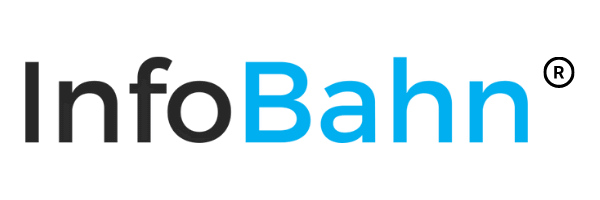The digital marketplace is a bustling battlefield, and like any war, ecommerce brands need a strategic arsenal to conquer their customers’ hearts and minds. Enter the powerful duo of pull marketing and push marketing: two distinct approaches that, when wielded in harmony, can transform your online store from a silent outpost to a magnetic hub of attraction.
Understanding the Push vs. Pull Battlefield:
Imagine two contrasting tactics. On one hand, the push marketing megaphone blasts your products across channels – banner ads, email blasts, sponsored content – grabbing attention like a war cry. On the other, the pull marketing magnet silently draws customers in with irresistible content – engaging blog posts, captivating social media, SEO-optimized guides. Both have their strengths, but true victory lies in knowing when to shout and when to whisper.
Push Marketing: Blasting Awareness and Sparking Curiosity:
Think of push marketing as the initial reconnaissance, raising awareness and igniting curiosity about your brand. Paid advertising on Google Ads and social media platforms like Facebook and Instagram lets you target specific demographics, while email marketing keeps you connected with past visitors and nurtures warm leads. Don’t underestimate the power of affiliate marketing, collaborating with other brands to tap into their established audiences and expand your reach.
Push Marketing Examples: E-commerce Masters in Action:
Warby Parker: Eye-catching social media ads featuring trendy glasses paired with influencer collaborations, making eyewear feel stylish and accessible.
Casper: Engaging sleep quizzes and informative blog posts on sleep science educate potential customers and establish Casper as a sleep expert.
Dollar Shave Club: Hilarious email marketing campaigns with self-deprecating humor build brand loyalty and make shaving something to chuckle about.
Pull Marketing: The Magnetic Power of Content that Captivates:
While push marketing gets your foot in the door, pull marketing builds a welcoming home within your brand. Informative blog posts offering buying guides, product reviews, and trend reports establish you as a trusted resource. Captivating videos showcasing product demos, customer testimonials, and behind-the-scenes glimpses bring your brand to life and foster emotional connections. Don’t forget the power of engaging social media: shareable memes, interactive polls, and captivating stories create a community around your brand and boost organic reach.
Pull Marketing Examples: Ecommerce Brands that Captivate the Crowd:
Glossier: User-generated content featuring real people using their products creates authenticity and encourages customers to see themselves in the Glossier story. Influencer collaborations and interactive quizzes add a layer of fun and discovery.
Patagonia: Environmental activism, educational content on outdoor adventures, and community building initiatives showcase Patagonia’s values and attract customers who resonate with their mission.
Beardbrand: Hilarious blog posts with a masculine voice, grooming tutorials, and a strong online community make Beardbrand more than just a beard care brand; it’s a lifestyle and a brotherhood.
The Push-Pull Tango: Orchestrating a Marketing Masterpiece:
True marketing magic happens when you seamlessly blend push and pull strategies. Promote your blog posts with paid ads to reach a wider audience, leveraging the push to amplify the pull. Share customer reviews and photos on social media, using the pull of user-generated content to bolster your push marketing efforts. Personalize your push efforts, tailoring email marketing and ads based on browsing behavior and past purchases to create a targeted, magnetic experience.
Push and Pull Marketing Examples: Brands Dancing in Perfect Harmony:
Nike: Inspirational social media campaigns celebrating athletes and promoting self-improvement are pushed out, while exclusive app-based product drops pull customers in for a personalized shopping experience.
Airbnb: User-generated travel stories and local experiences showcased on social media pull potential guests in, while targeted ads based on search location push the perfect vacation rental options.
Sephora: Beauty tutorials and influencer collaborations on YouTube and Instagram pull customers in with expert advice and aspirational looks, while personalized email offers and exclusive discounts provide the final push towards purchase.
Winning the Ecommerce Hearts and Minds:
Remember, both pull marketing and push marketing are essential tools in your ecommerce arsenal. Use push to gain initial awareness and spark curiosity, and then pull customers in with valuable content, authentic storytelling, and a captivating brand experience. By mastering the push-pull tango, you’ll transform your online store into a magnet, attracting customers, fostering loyalty, and ultimately winning the battle for ecommerce hearts and minds.
